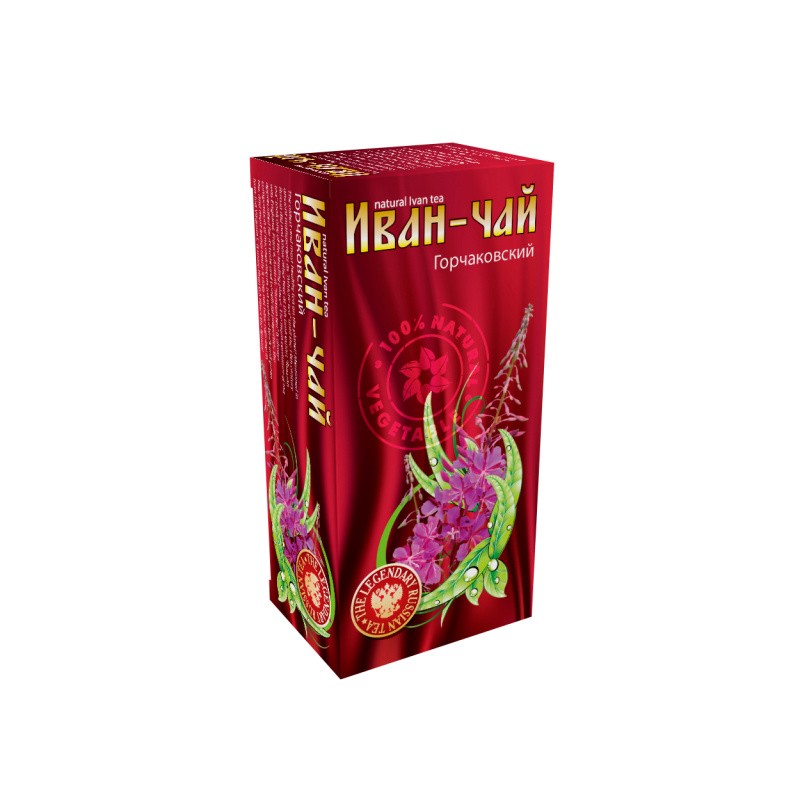




(€116.67 kg)

Delivery policy
Ingredients: Ivan-tea leaves and flowers (fireweed) fermented and granulated.
Package size: 133 x 50 x 60 (mm)
Ivan-tea leaves and inflorescences are collected in ecologically clean areas of the Novgorod region. Using modern fermentation technology and drying with infrared, carbon lamps in a gentle mode, all the useful substances are preserved in the product, and thanks to granulation, due to the internal fermentation of granules, Ivan-tea improves its qualities during brewing and storage.
The oldest and healthiest tea on the planet! Mentioned in ancient manuscripts as "Bogatyr tea", until the 19th century Russia did not know other teas, at this time the export of "Russian tea" occupied one of the leading places. The main consumers of tea were England, France, Austria. “Russian tea” has always been valued for its taste and useful properties, in terms of microelement composition, tea surpasses black and green tea, and most importantly - it does not contain caffeine!
Storage conditions: store in a dry place, separate from strong-smelling products.
Contraindications: individual intolerance to the product components.
Method of preparation: put one bag in a cup and pour 200 ml of boiling water. Brew for 5-10 minutes
Made in Russia, OOO PF TIAVIT SPb, St. Petersburg
What an interesting name for the herb - "Ivan-tea", and it is ancient. Probably, we thought, it can be brewed like tea and tried to do it. But when brewed, we got a pale yellow, almost transparent drink without taste and smell.
What is the mystery here? After all, in the old days they brewed, drank and praised it. And not only did they drink it themselves, but they also supplied this tea to European countries. Did our ancestors really have such low demands for this drink? Or did they know some secret?
Yes, there was a secret that was forgotten over time, and "Ivan-tea" was supplanted by black teas from India and China.
Specialists from the TIAVIT company managed to restore the ancient recipes for making Ivan-tea.
It turned out that it is not enough to collect and dry it. This is where the secret of our great-grandfathers lies. It turns out that in order for tea to become a beautiful dark brown transparent color and have the smell of spring greenery, it must be kept in aspen barrels at certain humidity and temperature conditions, and nature will do the rest. In modern language, this is called fermentation.

